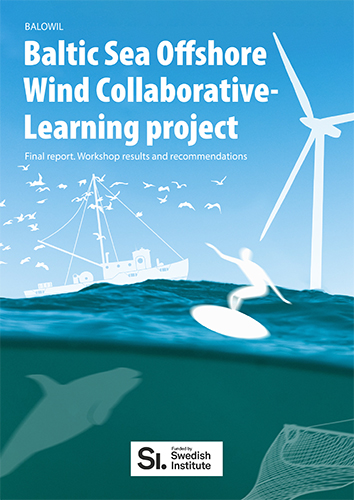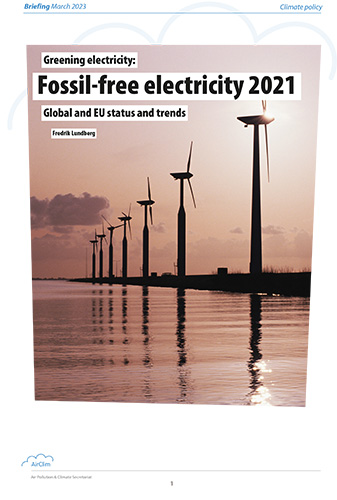
Ministers water down pollution legislation
EU environment ministers have agreed to water down proposals for stronger industrial pollution control.
On 25 June EU environment ministers agreed to water down proposals to revise and strengthen EU legislation to control industrial pollution.
One of the main points of debate was the strengthening of binding emission limit values (ELVs) for large combustion plants (LCPs), i.e. power plants as well as larger combustion installations in oil refineries and other industries. In order to further reduce pollution from these sources, the Commission had proposed tightening the existing ELVs by bringing them into line with current Best Available Techniques (BAT) by 2016 (see box).
Regarding newly constructed LCPs, the Council agreed that the Commission’s proposed ELVs for sulphur dioxide (SO2), nitrogen oxides (NOx) and particulate matter (PM) should apply within two years after the entry into force of the directive, i.e. probably by 2012 or 2013.
Existing LCPs (those built before 2002) would in general have to apply stricter ELVs from 2016, but the agreement introduces an option for member states to postpone this requirement until 2021 by defining so-called transitional national plans (TNP) that cap emissions of certain pollutants. The annual emission ceilings under TNPs must decline between 2016 and 2020.
This type of postponement of stricter emission standards for existing plants was clearly rejected by the European Parliament at its first reading in March 2009.
The ministers also agreed a separate derogation from the emission limits for LCPs which are expected to have a limited remaining life-time, i.e. not operating more than 20,000 hours between 2016 and 2023.
Combustion plants that burn indigenous coal or lignite, which cannot comply with the emission limits for SO2, will be allowed to alternatively apply a set minimum rate of desulphurisation. This rate is 96 per cent for existing LCPs with a rated thermal input of over 300 megawatts.
Among the countries most actively pushing for various types of derogations and time extensions from the ELVs were the UK, Poland, and Italy.
The Commission and the Council Parliament want to extend the scope of the directive by also including ELVs for smaller combustion plants between 20 and 50 megawatts, but this idea was rejected by the Council.
Another main point of contention was how much flexibility member states should be granted in applying best available techniques when determining pollution permits.
One of the core elements of the Commission’s proposal was to strengthen the application of BAT compared to current legislation. By giving a more prominent role to BREFs, the scope for national authorities to deviate from BAT when issuing permits should be reduced.
A compromise proposal by the Czech presidency was eventually adopted by the Council, in spite of the fact that it was initially refused by a blocking minority of countries, including Belgium, Denmark, Germany, and Sweden, because it gave states too much space to deviate from the BAT-associated emission levels when issuing pollution permits.
In its comment to the Council’s agreement, environmentalist organisation European Environmental Bureau (EEB) pointed out that keeping the current level of flexibility to derogate from BAT will lead to a business as usual approach, i.e. widespread divergence of implementation across the EU, an uneven playing field for industry, and a reduction in environmental and health protection for EU citizens.
The agreement will now be sent to the European Parliament for a second reading, which is expected to start late this year or early 2010.
Christer Ågren
While setting out the principles for applying Best Available Techniques (BAT) for a wide range of industrial and agricultural activities, the IPPC directive does not set any binding emission standards. Instead, legally binding permits that should be based on BAT are set by national, regional or local authorities for each individual installation.
Guidance on BAT is provided by BAT Reference Documents (BREFs), which set benchmark BAT standards for each industrial sector and some cross-sectoral issues, e.g. energy efficiency. However, the BREFs are not legally binding.
The existing LCP directive sets binding emission limit values (ELVs), but these are lenient compared to the benchmark standards judged to be reasonable by the technical working group that in 2001 produced the LCP BREF. In its proposal, the Commission therefore proposes tightening them up, generally to the level of the least strict end of the BREF BAT standard range.
The new industrial emissions directive received its first reading in the European Parliament in March, and in the Council in June.

 Download this issue
Download this issue










